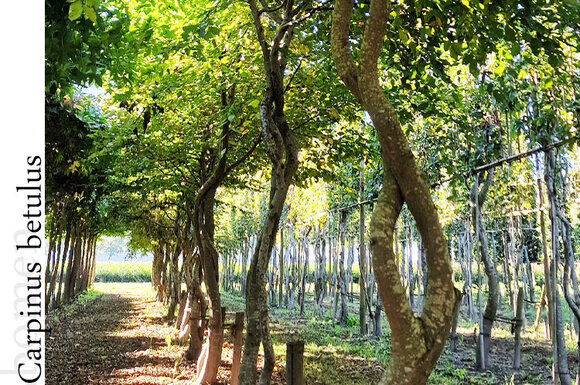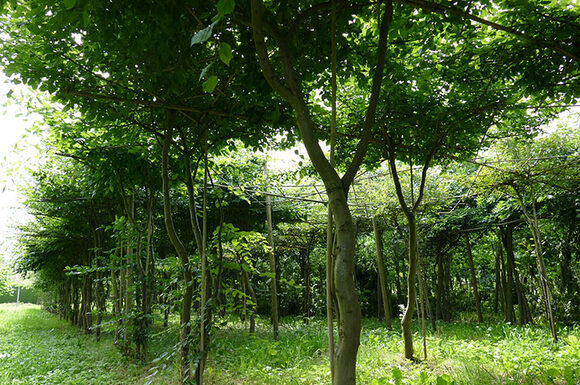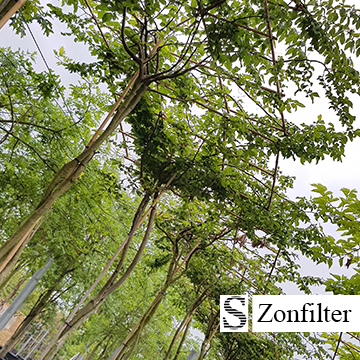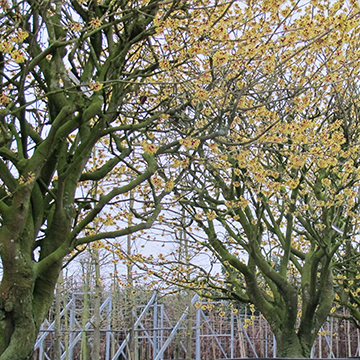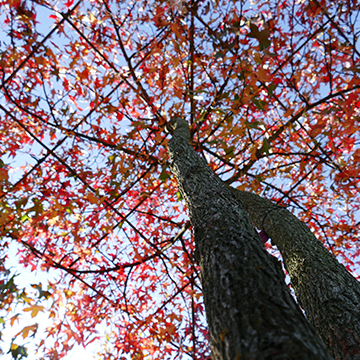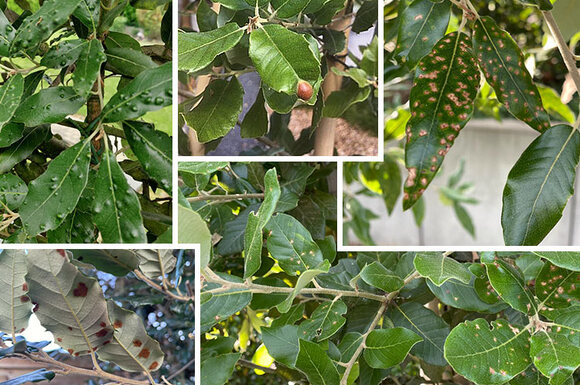Summer Leaf Loss in Hornbeam — What Causes It?
If a hornbeam receives enough water, grows in healthy soil, and has little direct sunlight on its trunk, it will always look good.
If these conditions aren’t met—especially shortly after planting—the tree may react.
The older the tree and the longer it’s anchored in its new location, the more stable its growth and resilience become.
In most cases, there’s no reason to worry. If the tree experiences stress early in the year, it will recover within the same growing season.
If stress occurs later in summer, it will flush fresh leaves in spring.
At Espaliers, we pay close attention to the shape and trunk quality during cultivation so the tree can show its beauty in both winter and summer.
Stress Factors That May Cause Temporary Leaf Loss in Hornbeam
Here are the most common ones:
Newly Planted
A well-developed root system ensures stability—both in anchoring and healthy growth.
A newly planted tree needs time to expand its roots and is more sensitive during this phase.
Dry Periods and Dry Soil
Hornbeam is highly drought-tolerant, but shortly after planting it’s more vulnerable.
In the first few years, watering can make a difference depending on weather conditions.
Dry, Desiccating Wind
Usually combined with dry spells and lack of moisture. Hornbeam can normally handle this, but is extra sensitive during the initial period after planting—especially if dry winds persist for weeks.
Excess Fertiliser
Although hornbeam prefers rich soil, we’ve seen from customer experience that applying compound fertilisers in summer can trigger stress.
Our advice: apply organic fertiliser in late January (e.g. dried cow manure pellets).
Beyond that, hornbeam is not demanding.
Long Dark Period Followed by Intense Sun
After 2–3 weeks of heavy cloud cover, a sudden burst of sunlight can cause leaf scorch.
Hornbeam adapts quickly to light conditions, but leaves accustomed to low light may be sensitive to sudden brightness.
Thanks to the tree’s fast response, this usually resolves quickly.

